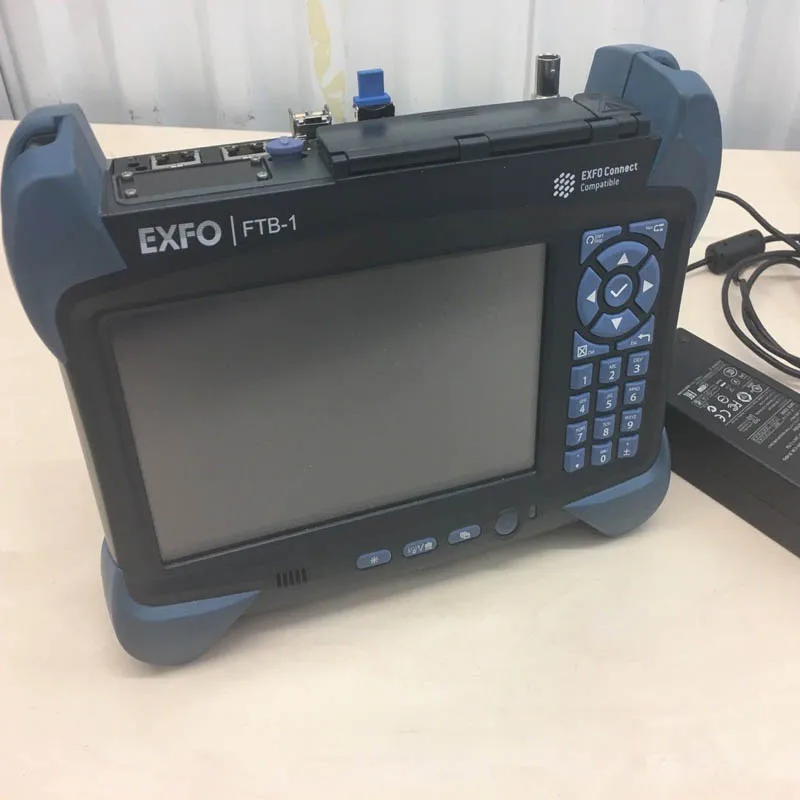

System Reset measures the speed at which a DUT recovers from a hardware or software reset or a power interruption. This calculation helps determine the node buffer capacity. The Back-to-back Frames value is the number of frames in the longest burst of frames – at the highest throughput – the DUT can handle without any frame loss. Since frame loss is usually caused by a lack of resources, this measurement acts as an indicator of how a device will perform under a heavy load.īack-to-back frame testing requires sending bursts of frames with minimum inter-frame gaps to the DUT and counting the number of frames then forwarded by the DUT. In order to measure latency a test frame is transmitted through the network containing a time stamp, and that time stamp is checked when the frame is received.įrame Loss is defined as the percentage of frames that were successfully transmitted from the source but were never received at the destination. It is the sum of both processing and propagation delays when traveling through a network device or across the network and back to the test port. Latency is the time it takes a frame to get from sender to destination. This measurement roughly translates into the available bandwidth. Or in other words, it determines the rate at which data can travel with zero dropped packets by the device under test. The throughput test measures the maximum rate at which the count of test frames transmitted by the DUT equals the number of frames sent to it by the test equipment. Throughput refers to how much data can be transferred from one location to another in a certain period of time. The six tests defined in RFC 2544 are Throughput, Latency, Frame Loss, Back-to-back frames, System Reset and System Recovery.

By including sequence numbers in the frames it transmits, the tester can check that all packets were successfully transmitted and verify that the correct packets were also received back. Traffic is sent from the tester to the DUT and then from the DUT back to the tester. These tests are considered out-of-service, meaning the real network traffic must be stopped so that the tester can generate traffic with specific characteristics.Īs outlined in the RFC document, the ideal way to implement this series of tests is to use test equipment with both transmitting and receiving ports.

The RFC includes 6 subtests that are designed to evaluate how a device will act in real-world scenarios. By providing a common language and set of procedures for network engineers, RFC 2544 delivers standardized performance results that enable users to easily compare devices across different vendors. If you work in networking you’ve probably heard of it, but what exactly is RFC 2544? Request for comment (RFC) 2544 is a benchmarking methodology created in 1999 for testing and measuring the performance of network devices.


 0 kommentar(er)
0 kommentar(er)
